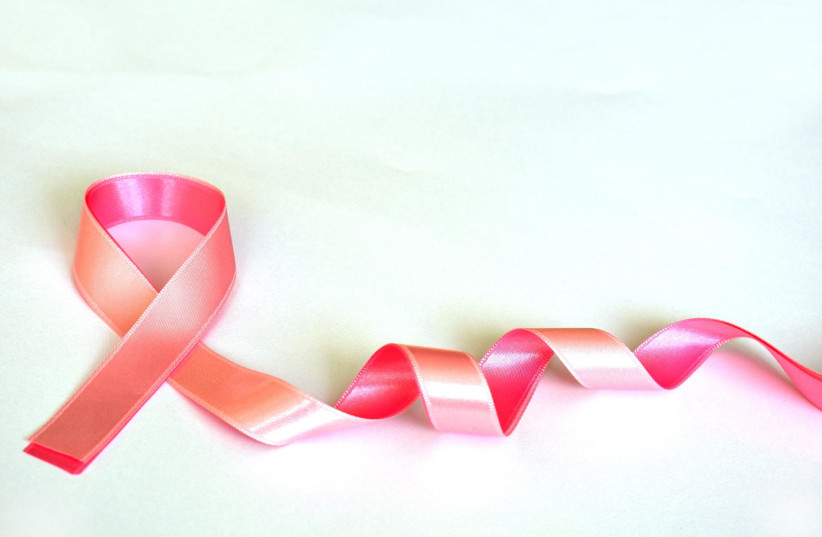Every year, some 5,400 new women are diagnosed with breast cancer. The One in Nine association statistics has long since grown and expanded, and currently every seventh woman now has the disease. But this epidemic comes in a package wrapped with a pink ribbon of hope: early detection.
The National Program for Early Detection of Breast Cancer has saved many lives and as part of it, Health Maintenance Organizations (HMOs) have invited women to get a mammogram. Unfortunately, the National Program only targets women over 50, while a quarter of the patients are diagnosed at an earlier age.
These young women, around 1,300 every year, mostly aged 40 to 50, are diagnosed every year even before they are invited to a mammogram. They miss the advantage of early detection. Sometimes it costs them and their families their lives, which almost always happens due to the severity of the disease and its consequences. When the women are younger the disease is more aggressive, in most cases. They need the crucial time early detection buys.
Hence the importance of raising awareness among women, especially the younger ones. But it is worthwhile to deepen the understanding of the risk factors and what should be done to increase the chances of diagnosing the disease as early as possible.

How to diagnose breast cancer as early as possible
Some 20% to 30% of the patients are women with known risk factors and their chances to get the disease are higher than others. However, we must keep in mind that the remaining patients, some 70% to 75%, are not at a known risk and their disease is random.
Women over 30 should keep in mind that nobody will call them to be tested at these ages and they should make it a routine to be tested once a year by a breast surgeon, as well as receive a personal risk estimation, depending on the personal and family risk factors. Women at risk can and must undergo a mammogram or an ultrasound test every year starting at the age of 40, according to a doctor’s recommendation.
But most women at risk don’t know that and they also may not know that they are at risk. This right has been included in the health basket for decades but women don’t exercise it because they don’t know about it. An efficient solution to detect women at risk can be a digital risk questionnaire or AI software when such is created.
In addition, about four years ago, a Ministry of Health committee, appointed to discuss lowering the age for a mammogram test as part of the National Program, recommended that every woman from the age of 45, regardless of increased risks, could request a test at her own initiative. Only recently, this option has been approved in a letter by the Ministry of Health director-general and accordingly, the HMOs in Israel announced they do allow the test free of charge to those requesting them.
So now, every 45-year-old woman can apply on her own accord to her general practitioner, not necessarily a breast surgeon, and ask to get the imaging test as part of the survey. The association accepts and advances the opinion of important medical associations that women should start taking a mammogram test every year, starting at the age of 40. Therefore, the move allowing every 45-year-old woman to request a test is an important step forward.
I gained many years of good life thanks to early detection. I discovered I had cancer when I was 44 and the cancer must have nested within me two years prior to that. During this time, I had the privilege to love five grandkids and to be a volunteer and the chairperson of the executive committee of the One in Nine association. Every birthday I bless my gynecologist who sent me to have a mammogram test. If I had waited to be called at the age of 50, I would not have reached this age.
